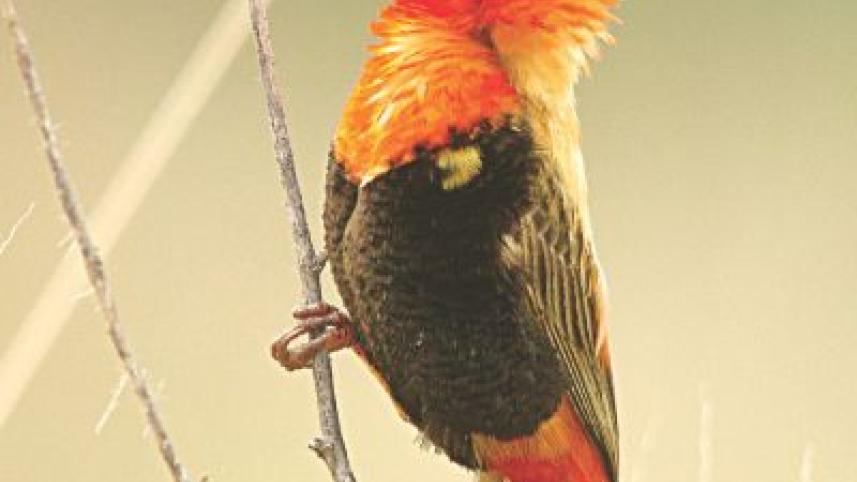To Catch A Bird

Several years ago I visited Uganda on the invitation of a friend posted in Kampala. It was the trip of a lifetime: we drove cross- country to Bwindi Impenetrable Forest and watched mountain gorillas in their home turf. We also visited several sites including Queen Elizabeth National Park and Lake Mutanda and saw wildlife of all kinds.
It was my first trip abroad since I took up bird photography and I was eagerly looking out for birds. We saw many colourful and unusual ones, including the magnificent grey-crowned crane. During a long drive, we ran into a large flock of these cranes on a hillside and I was able to get up close to some of them. Another memorable bird was the whydah with a very long tail.
But recently, looking through my bird photographs of Uganda, I was disheartened. My gear consisting of a Sigma 150-500mm lens and a Canon 1D Mark 4 camera had been perfectly adequate, but I was still learning the skills needed for bird photography. Hence, I had messed up shots that I really should have caught. Over the years I have learned to improve those skills, and if I were to make the same trip today I would end up with a few more “keeper” photographs.
Incidentally the same mistakes show up in many of the bird photographs I see people sharing on FaceBook, Instagram and other forums. To see those birds they might have made journeys long and difficult, perhaps using up their holiday. But then bird photography is a challenging hobby.
What were some of those mistakes I made?
First, I often photographed the bird in the wrong position: its head was turned away, or part of its body was covered by an obstructing branch. I used to think that as long as I got a photograph of the bird, I should be happy. But now I realise that bird must be in the right position and the entire body should be visible. If the bird looks directly towards the camera, it establishes contact with the viewer. While this is rare, it is often possible to catch the bird in a friendly pose. This of course requires luck and patience. But sometimes, if the photographer moves even a little distance, it might yield a better pose.
Second, I should have used faster shutter speeds. Birds are mostly fidgety and to stop their movement and get a sharp and clear photograph requires shutter speeds of 1/1000 or faster.
Third, I did not always try to focus on the eye, instead using the camera's autofocus system to get a general focus on the bird's body.
Fourth, I relied too much on the camera's automatic exposure system. This resulted in the camera giving me correct exposure for the entire scene where the bird occupied a small space. So the bird was often underexposed. And when you underexpose a photograph while shooting, no matter how much Photoshop you throw at it, you will never get the sparkle of a correctly exposed photograph.
Sometimes I got it right. I vividly recall the moment I saw this beautiful bird called red bishop. For once I had waited and waited until I got the right pose.
I still wish I knew then what I know today about photographing birds. But learning never stops, does it?
www.facebook.com/ikabirphotographs or follow ihtishamkabir on Instagram



 For all latest news, follow The Daily Star's Google News channel.
For all latest news, follow The Daily Star's Google News channel.
Comments